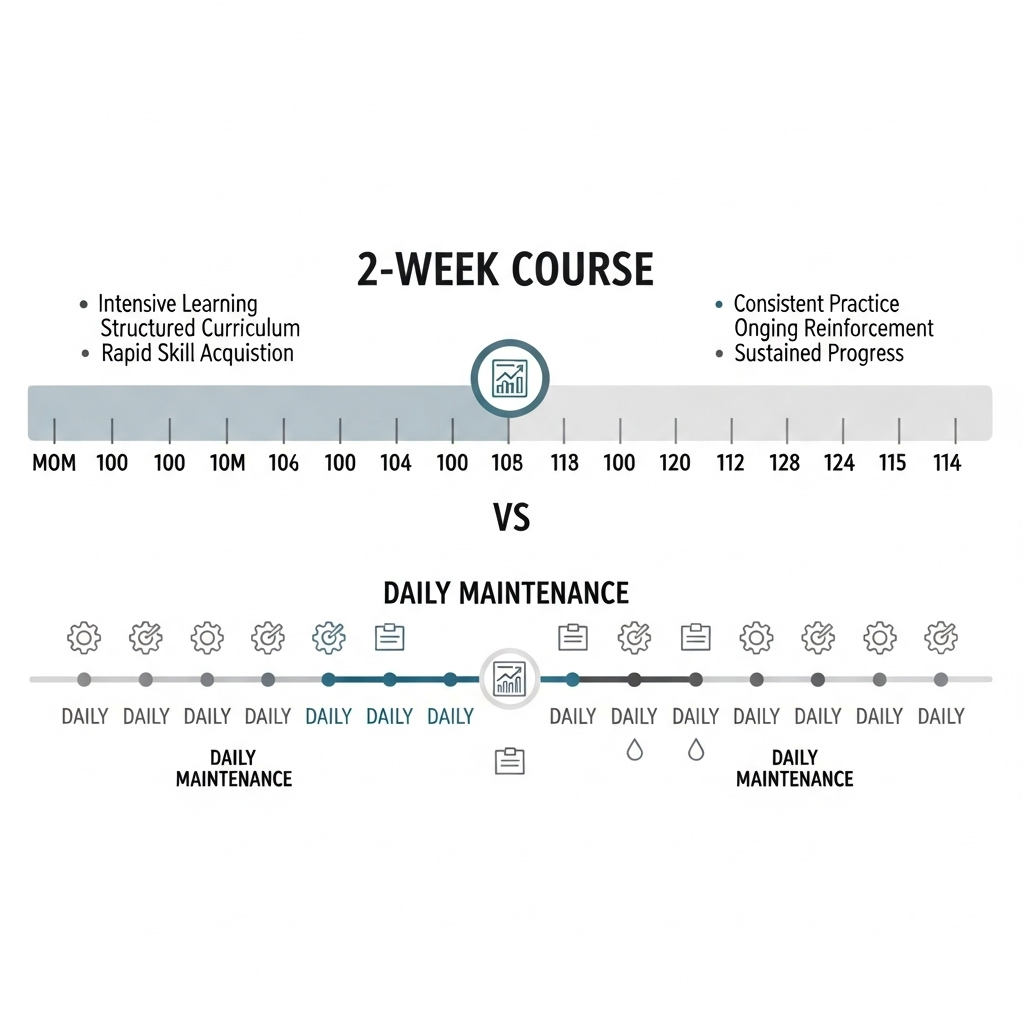How Long Should Pets Stay on Probiotics?

Probiotics are live microorganisms that can support digestive health, immune function, and recovery from gastrointestinal upsets in dogs and cats. If you’re considering probiotics for your pet, one of the most common questions is how long to give them — a short course to fix an acute problem, or ongoing maintenance? This article explains the differences, typical timeframes, safety considerations, and how to work with your veterinarian to decide the right plan for your pet.
Short Course vs Maintenance: What’s the Difference?
Short-course probiotic use
Short courses are intended to help during or immediately after a specific problem, such as acute diarrhea, stress-related loose stools, or following a course of antibiotics. Short courses typically last from a few days up to several weeks depending on the problem and the product used. For example, many veterinarians recommend 3–14 days of probiotic support during a short bout of diarrhea, and sometimes a longer 2–4 week course if recovery is slower.
Maintenance probiotic use
Maintenance use means giving a probiotic regularly over a long period — months or indefinitely — to support ongoing digestive balance or to manage chronic conditions (chronic enteropathy, recurrent GI upset, some allergies, or as part of a geriatric care plan). Maintenance dosing is individualized: some pets may benefit from daily probiotics long-term, while others may only need intermittent courses.
How Long Is Typical?
There is no one-size-fits-all answer. Typical timeframes many veterinarians use as general guidance:
- Acute, mild diarrhea: 3–7 days of probiotic support, with monitoring for improvement.
- Acute or moderate GI upset: 7–28 days, depending on response.
- After antibiotics: start during or immediately after antibiotic therapy and continue 7–14 days (timing and separation may be advised to prevent antibiotic inactivation).
- Chronic digestive issues or maintenance: daily use for several months or ongoing, with periodic reassessment every 3–6 months.
Factors That Affect Duration
- Diagnosis: Acute infections or dietary indiscretion often need short courses. Chronic conditions may require ongoing maintenance.
- Severity and response: If symptoms resolve quickly, you may stop after a short course; if they persist, your veterinarian may extend treatment or investigate further.
- Type of probiotic and strain: Some strains (e.g., Saccharomyces boulardii, Enterococcus faecium, specific Lactobacillus strains) have study support for short-term use in certain conditions; other products are formulated for long-term support.
- Concurrent medications: Antibiotics, immunosuppressive drugs, and other therapies can change the recommended timing and duration.
- Age and health status: Puppies, kittens, seniors, and immunocompromised pets need individual assessment.
How to Decide When to Stop
Stopping probiotics depends on the reason you started them:
- Acute illness: many clinicians recommend continuing until stools are normal for 48–72 hours and then stopping, or following the product’s specific instructions.
- Post-antibiotic support: complete the recommended follow-up period (often 7–14 days) unless your vet advises otherwise.
- Maintenance use: periodic trials off the probiotic (for example, 2–4 weeks) under veterinary guidance can help determine if your pet still needs it. If symptoms recur during a trial-off period, maintenance may be restarted.
Safe Use and Practical Tips
- Choose veterinary-formulated probiotics or products with clear strain identification and guaranteed colony-forming units (CFUs).
- Store as directed — some require refrigeration to maintain potency.
- If giving during antibiotics, space dosing by at least 2 hours (or follow your vet’s specific timing) to avoid antibiotic inactivation of the probiotic organisms.
- Monitor your pet’s stool, appetite, energy, and hydration. Improvement should be gradual; worsening signs warrant veterinary assessment.
- Do not give human probiotic products to pets without veterinary approval — strains and dosages may differ.
- Be cautious with immunocompromised, critically ill, or severely debilitated pets; rare infections from probiotic organisms have been reported in these populations.
Choosing the Right Product
When selecting a product, look for:
- Specific strains listed (e.g., Enterococcus faecium, Lactobacillus rhamnosus, Bifidobacterium spp., Saccharomyces boulardii).
- CFU count appropriate for the pet’s weight and indication (your veterinarian can advise).
- Good manufacturing practices and expiration dates.
- Formulations designed for the species (dog or cat) when possible.
Pros and Cons
| Pros | Cons |
|---|---|
| May shorten or reduce severity of acute diarrhea | Quality and strain differences mean not all products work equally |
| Can support digestion, immune health, and recovery after antibiotics | Rare risk of infection in immunocompromised or critically ill animals |
| Available in species-specific formulations and multiple delivery forms | Long-term benefits vary by condition; ongoing cost for maintenance use |
Monitoring and When to Contact Your Vet
Contact your veterinarian if your pet:
- Has bloody diarrhea, repeated vomiting, signs of dehydration, or severe lethargy.
- Shows no improvement after a reasonable short-course period (as advised by your vet).
- Has an underlying immunosuppressive disease or is on immunosuppressive drugs before starting probiotics.
FAQ
1. How long should I give probiotics for a single episode of diarrhea?
Many vets recommend 3–14 days depending on severity and improvement. If stools normalize and your pet is active and eating, you can often stop after 48–72 hours of normal stools, but follow your vet’s guidance.
2. Can my pet stay on probiotics forever?
Some pets benefit from long-term maintenance, especially with chronic GI issues. Long-term use should be evaluated periodically with your veterinarian to ensure continued benefit and safety.
3. Should I give probiotics during antibiotics?
Probiotics can be helpful during or after antibiotics to reduce dysbiosis. It’s usually best to space doses by at least 2 hours from antibiotics, but follow your veterinarian’s instructions for timing and duration.
4. Are probiotics safe for puppies and kittens?
Many probiotics formulated for pets are safe for young animals, but dosing and strain selection should be appropriate for age and weight. Ask your veterinarian before starting a young animal on probiotics.
Key Takeaways
- Short courses (days to weeks) are common for acute GI upset, while maintenance use may be months or ongoing for chronic problems.
- Duration depends on diagnosis, pet response, strain/product used, and veterinary guidance.
- Choose species-appropriate, quality products with clear strain and CFU information.
- Monitor your pet’s response and consult your veterinarian for severe, persistent, or recurring problems.
- Special caution is needed for immunocompromised or critically ill animals.
Disclaimer
This information is for educational purposes and does not replace veterinary advice. Always consult your veterinarian before starting, changing, or stopping probiotics for your pet, especially for young, elderly, ill, or immunocompromised animals. If your pet shows severe symptoms (blood in stool, persistent vomiting, dehydration, severe lethargy), seek veterinary care promptly.

Leave a Reply